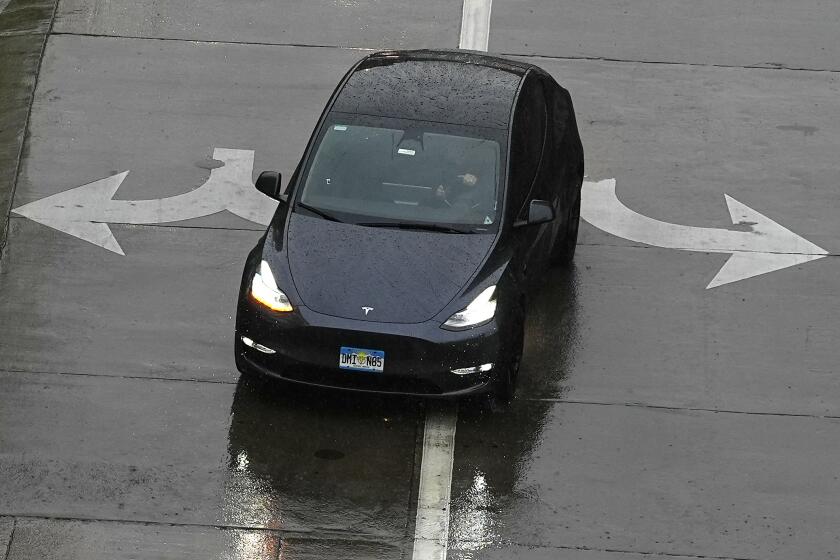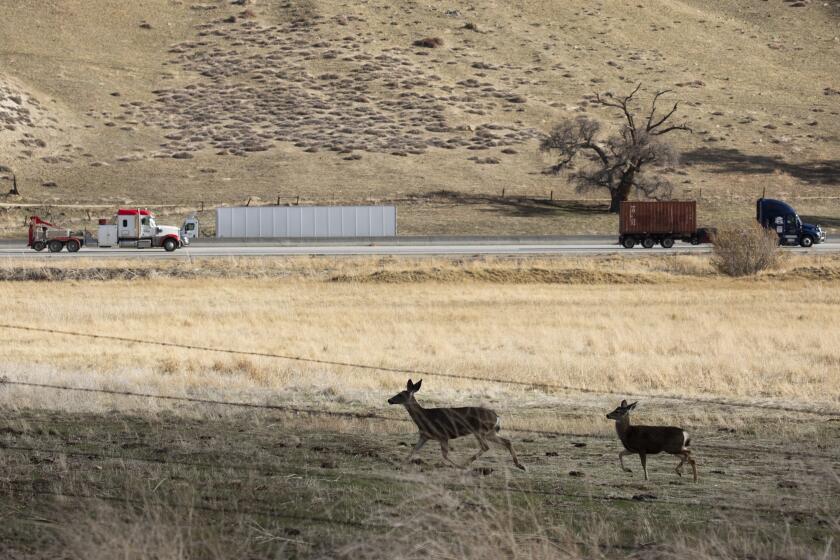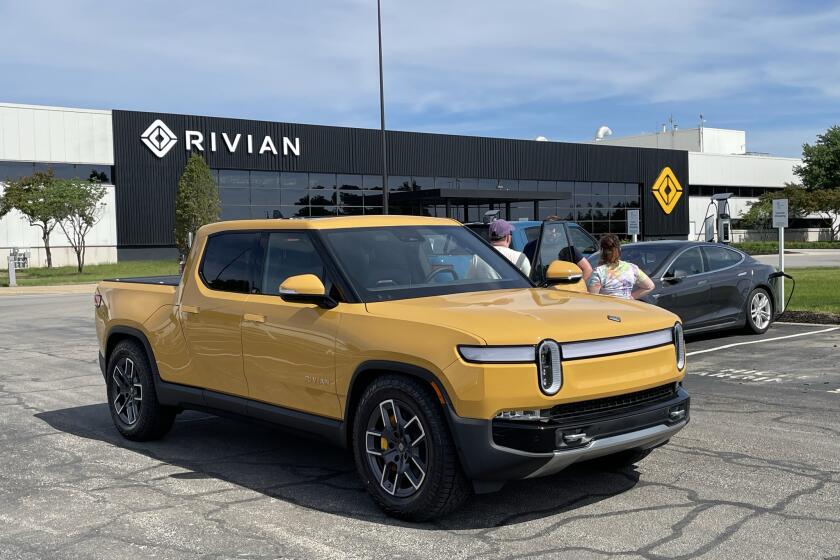Auto Market Seen Headed for Profit Gridlock
The auto-selling business is barreling down the fast lane of change, and many of the nation’s new-car dealerships will be left behind by the time 1992 models roll off assembly lines.
This is the forecast offered by J. David Power III, president of J. D. Power & Associates, the respected California-based automotive marketing research firm whose clients include nearly every automaker in the U.S. market.
The research company expects economic conditions to force the closure of more than 1,500 dealers nationwide in the next 18 months, Power told a recent gathering of about 75 dealers from Maryland and surrounding states.
Effects of changes now taking place or expected in the industry will not be felt only by auto retailers, according to Power and other auto industry officials. They will affect car buyers, too --most likely through lower prices and improved service.
The industry shakeout might prove even more severe than Power indicated.
“What I’ve been hearing is that 2,000 or more more dealers will be gone by 1992,” said Edward F. Patz, chairman of the banking and commercial law department at Weinberg & Green, which includes the Baltimore law firm’s automotive group. “These are not going to be replaced by other dealers. It will be a net loss of 2,000, and I don’t doubt that for a moment.”
The industry’s shift from a producer-controlled market to a consumer-driven one will be the primary cause of this mortality rate, Power said.
Consumers are in a better position now than at any time in the history of the U.S. auto industry to bargain for lower car prices and insist on better service, he said.
To explain what he means by a “consumer-driven marketplace,” Power recalled the beginning of the decade, which he dubbed the “Easy ‘80s.”
Then, restrictions on the number of Japanese imports into the U.S. resulted in premium prices for such cars as Toyota, Nissan and Honda.
“For example, a vehicle with a manufacturer’s suggested retail price of $7,000 to $8,000 was selling for $9,500, a dealer add-on profit of $1,500,” Power said.
That scenario also allowed domestic manufacturers and European import dealers to raise prices.
This changed, he said, when Japanese auto plants were built in the United States in an attempt to seize a bigger share of the U.S. car market.
Increased production from U.S.-based Japanese plants, along with the ambitious sales projections of domestic automakers, has the industry trying to sell 35% more cars than there are customers, Power said.
None of the manufacturers are willing to concede market share, he said, adding that this is leading the industry into a period of intense price competition, inventory gluts and rapidly shrinking margins that is expected to weed out the marginal dealers.
According to Power, the industry is moving into the “Competitive ‘90s,” a period likely to see the average dealer’s net profitability slip below 1.5% of sales on a pretax basis--down from about 2.5% in recent years.
Profit margins on individual cars, including luxury models such as Mercedes Benz and Cadillac, already are dropping dramatically, Patz said.
“Dealers can’t hold their big markups anymore,” he said.
The push for lower prices is not limited to the car buyers. Dealers are also pushing manufacturers to cut prices.
Ronald B. Tonkin, president of the National Auto Dealers Assn., has called on automakers to end rebate programs and cut car prices.
Noting that the industry posted record earnings last year while offering cash rebates to stimulate sales, Tonkin said that “a 10-year-old kid could figure out they were charging too much for the cars in the first place” to cover the anticipated rebates.
There already are signs that rebates are on the way out, Tonkin said. As evidence of this, he pointed to Volkswagen, which he said has lowered prices for its 1990 cars and told dealers there will be no rebates.
The dealer group is seeking to have other manufacturers cut prices of cars by as much as $600 on economy models and $2,500 on luxury cars and pass sales incentives on to dealers.
“The dealers know best how to market cars,” he said. “Let the manufacturers stick with what they do best, building cars.”



